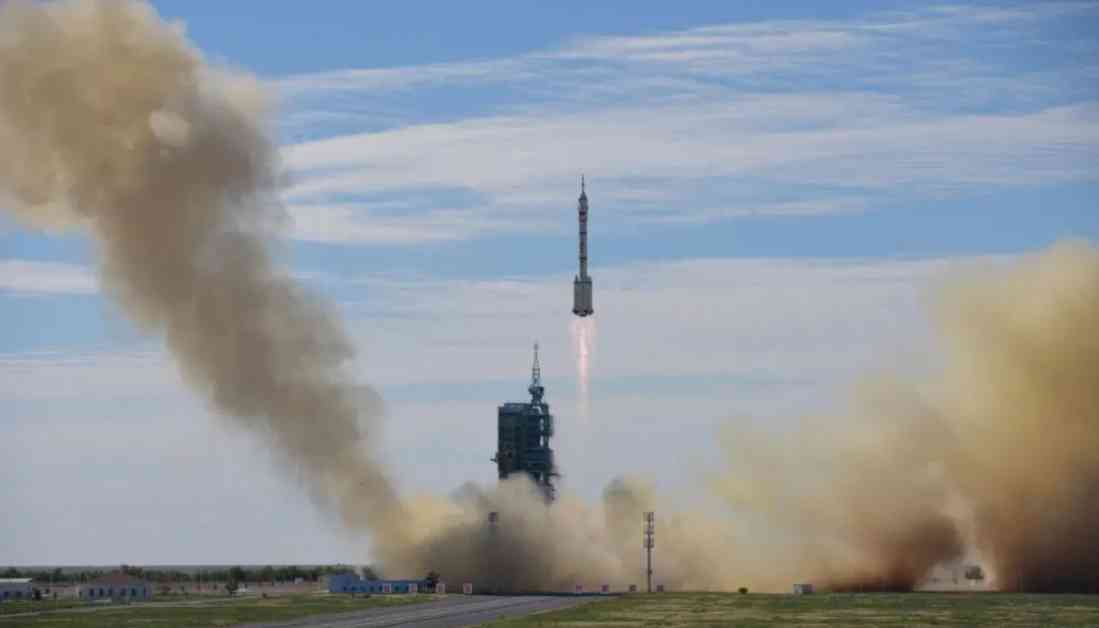China’s Spaceplane Conducts Proximity Operations with Small Spacecraft – A Closer Look at China’s Secretive Space Program
China’s experimental reusable spaceplane has been conducting tests with a smaller spacecraft to practice proximity operations, potentially including capturing the object. The spaceplane was launched for the third time using a Long March 2F rocket on December 14, 2023. After releasing an object into orbit, the spacecraft has been engaging in stable operations following months of orbit-raising.
Analyses suggest that the spaceplane, known as Object G, has been testing rendezvous and proximity operations (RPO) on June 7-8. These operations could have various applications, such as retrieving, repairing, and maintaining satellites, or potentially engaging in counterspace activities against adversaries’ spacecraft.
Although it is unclear if the spaceplane retrieved and re-released Object G, their close approach indicates intentional proximity operations. This is not the first time China has engaged in such activities, as data suggests previous capture and docking operations during the spaceplane’s second flight. China has also conducted RPOs in geostationary orbit, towing dead satellites to high graveyard orbits.
The secretive nature of China’s spaceplane project adds to the mystery surrounding these activities. Limited information has been released by Chinese space authorities, with no images or detailed descriptions of the spacecraft. The project is seen as China’s attempt to develop capabilities similar to the X-37B, with the current mission being the third in line.
Reusable spacecraft represent a significant advancement in space technology, offering the potential for reduced costs and increased mission frequency. Plans for a fully reusable, two-stage-to-orbit space transportation system were announced by the China Aerospace Science and Technology Corporation (CASC) prior to the first launch. The project received national funding in 2022, highlighting China’s commitment to advancing its space capabilities.
In comparison, the U.S. Space Force’s X-37B spaceplane has been conducting missions since 2010, with the seventh mission launched in December of the previous year. The X-37B, an autonomous reusable vehicle, is known for its secretive nature and advanced capabilities.
Overall, China’s spaceplane activities shed light on the country’s ambitious space program and its efforts to develop cutting-edge technologies for space exploration and satellite operations. The ongoing tests and operations indicate a significant step forward in China’s space capabilities, with potential implications for future space missions and activities.
Andrew Jones, a space industry expert, covers China’s space developments and provides valuable insights into the country’s space program. With a deep understanding of the industry and firsthand experience reporting on major space conferences, Jones offers a unique perspective on China’s space initiatives and their implications for the global space community.














